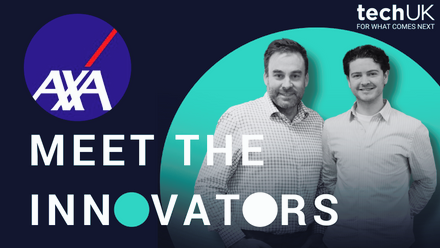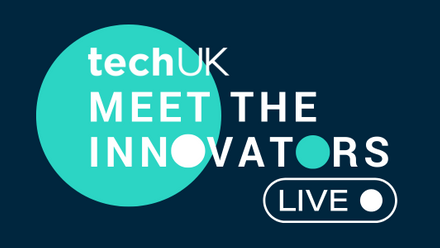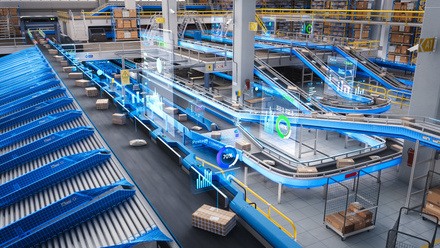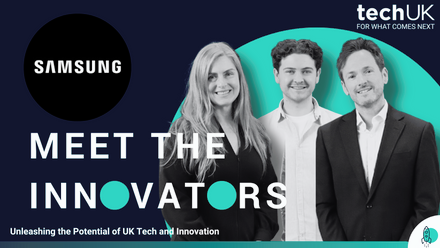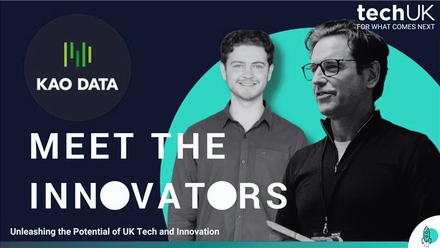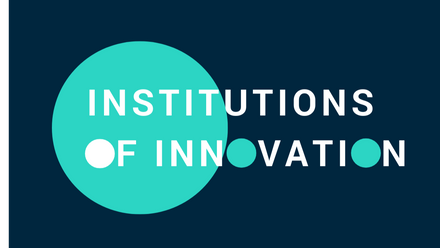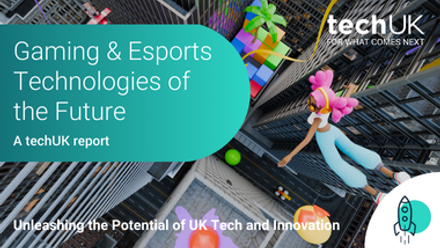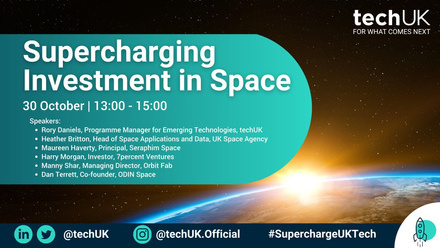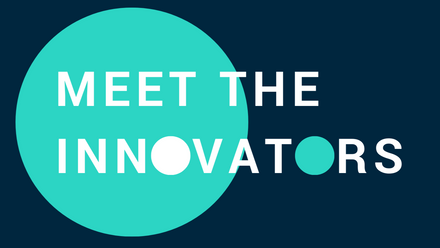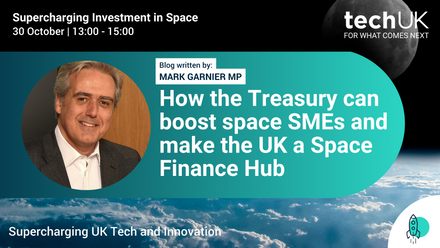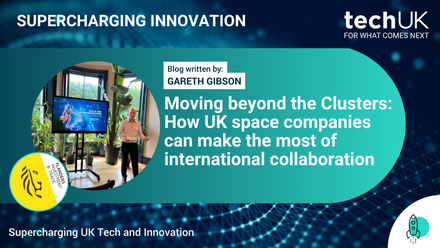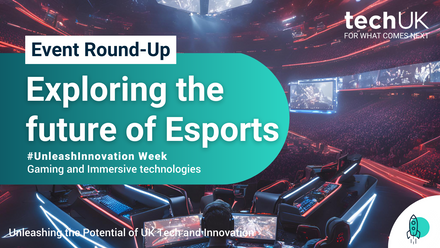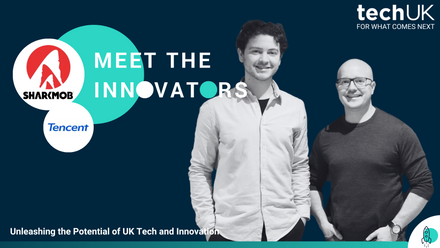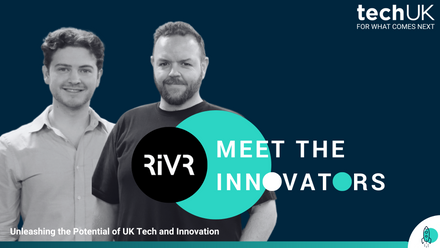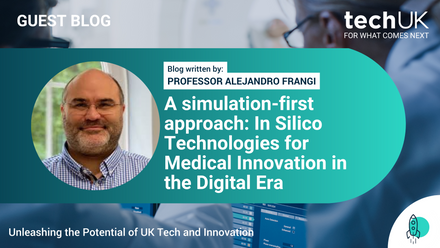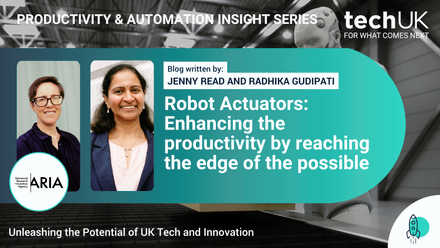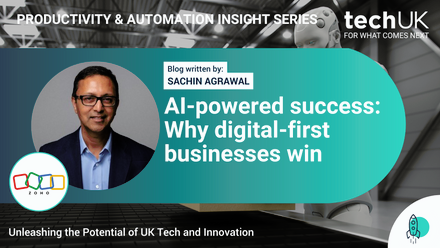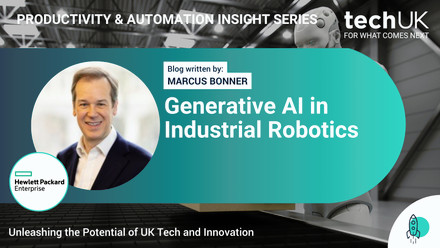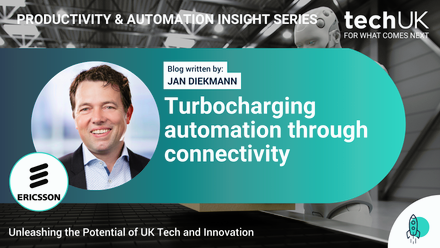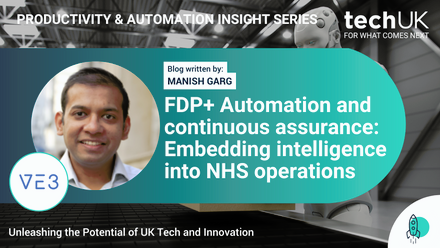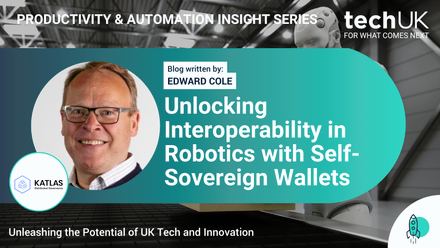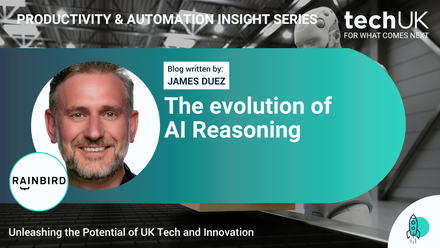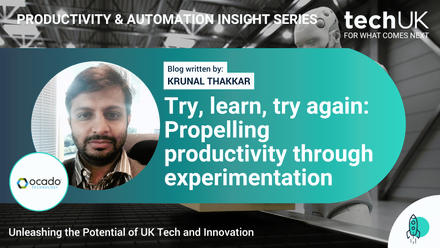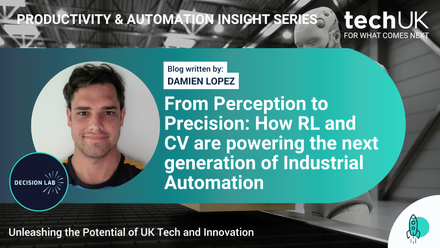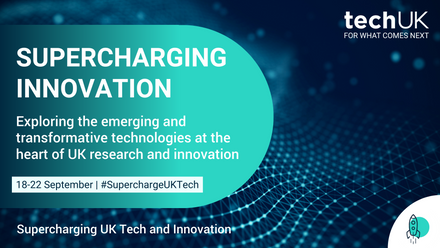Building the software-defined quantum data center
Quantum Computing is here and it is more accessible than you might think.
Taking action to adopt quantum computing now is becoming more important due to the rapidly approaching horizon of “quantum advantage'' - when it’s economically or technologically preferred to choose a quantum computing solution over the best classical IT alternative for an important computational problem. Forbes predicts that IBM will hit quantum advantage in 2026, and Quantinuum boldly pronounced Quantum Advantage could be achieved within 24 months at the IEEE Quantum Week 2022 event.
Once quantum advantage is achieved, the Boston Consulting Group estimates early adopters will capture the lion’s share of the benefits - up to 90% - and will gain long-term strategic advantages that are difficult to overcome.
Hence, an enterprise leader might wonder ‘How will this new technology deliver value for my organization in a way that is accessible to us?’
So, how can quantum computing be best integrated into the enterprise workflow?
The rise of quantum infrastructure software
One insight into these questions lies in the emergence of the new segment of quantum infrastructure software, focused on two things: making quantum computers usable for high-value problems (utility), and improving quantum computer output to accelerate the time to quantum advantage (performance).

Quantum infrastructure software’s function is to transform “bare-metal” quantum processors into useful computational tools compatible with enterprise cloud architectures. It is distinct from “traditional” quantum software focused on developer tools for crafting and deploying algorithms and applications for end-users.
Quantum infrastructure software also differs from conventional or “classical” infrastructure software which usually focuses exclusively on utility. In classical systems, performance is typically delivered by algorithm design or hardware engineering (for instance, through more efficient architecture or clock speed). Quantum processors, unlike classical processors, are still relatively unstable due to errors, introducing a new limiting challenge which is simply not present with classical computing hardware.
By analogy with classical infrastructure software such as VMWare’s creations, the first class of quantum infrastructure software virtualizes quantum computer hardware, breaking the link between base hardware characteristics and actual quantum computational power. Doing so expands the convenience, cost-effectiveness, and cross-compatibility of hardware to augment utility. As mentioned above, the first quantum infrastructure software tools target going beyond utility to also improve algorithmic performance relative to execution on the bare hardware - addressing the Achilles Heel of the industry.
Building the enterprise software-defined quantum data center

The current diversity of quantum hardware platforms, performance levels, and quantum instruction-sets is a substantial impediment to integrating quantum computers into enterprise workflows; the underlying differences in hardware typically mandate vendor-specific solutions at nearly all levels of abstraction. The current implementation of quantum computing looks like the obsolete hardware-defined data center in classical computing - a paradigm that has been supplanted by the efficient and flexible software-defined data center.
The process of quantum-hardware virtualization enabled by certain forms of quantum infrastructure software - from individual devices on chips through to entire quantum processors - is key to the realization of a novel Software-Defined Quantum Data Center (SDQDC). This new architectural paradigm works with nearly any quantum computer architecture, enabling full support for hybrid and multi-quantum-processor compute environments.
The SDQDC offers CIOs a choice of hardware and software tools delivering maximum utility and performance for their business needs. This approach is familiar to any CIO whose team is built on major PaaS offerings such as Amazon Web Services, Microsoft Azure or Google Cloud.

Such a software-defined architecture for enterprise quantum computing reduces complexity for developers, lowers barriers to quantum computing adoption, and delivers faster and better business outcomes with higher ROI.
Perhaps most importantly, the SDQDC, powered by quantum infrastructure software, massively increases the potential customer base beyond PhD-level quantum experts to IT generalists by abstracting the underlying technology while preserving and improving performance. With improved utility at the generalist level, quantum infrastructure software will enable the SDQDC to truly benefit from recent improvements in classical IT (see Table 1).
Quantum infrastructure software delivers these capabilities invisibly and automatically with a heavy reliance on custom AI tools, enabling end-users to focus on their core task of application development, dramatically accelerating progress, saving team costs, and delivering improved technical outcomes.
Beyond machine learning, quantum infrastructure software also benefits from several other key IT trends that are familiar to the CIO organization. Using these proven IT techniques allows quantum infrastructure software to be easily integrated with nearly all QPU modalities.

Opening new opportunities to deliver for enterprise
As notions of 100% vertical integration in quantum computing businesses have fallen away, the delivery of cloud-accessible quantum computer hardware IaaS has enabled specialist providers to develop and test advanced technology without the need to also develop the underlying hardware. This segmentation enables specialization that can deliver capabilities that expand the impact of quantum computing among enterprise users. New vendors are now contributing major value-add through just such expertise and focus.
Enterprise IT experts interested in the quantum opportunity are already discovering the value delivered by quantum infrastructure software. Former Citrix Systems CTO and Head of Global Technology Martin Duursma said,
"The software-defined quantum data center concept has merged the best of classical IT methodology with the deeply specialized expertise in quantum engineering needed to improve quantum processor performance for enterprise applications. It's one concept that IT Infrastructure leaders should pay close attention to as they build their technology roadmaps."
There are currently only very few vendors in the nascent quantum infrastructure software segment, but growth is expected to intensify across the various tasks to be undertaken in making quantum computing relevant for the enterprise CIO. The SDQDC concept opens an opportunity for new businesses able to deliver greater value to quantum computing end-users, and accelerate enterprise value capture from the field overall. Quantum networking and quantum security are two additional emerging areas where we expect new quantum infrastructure software businesses to appear, but the future is wide open.
View all campaign week content
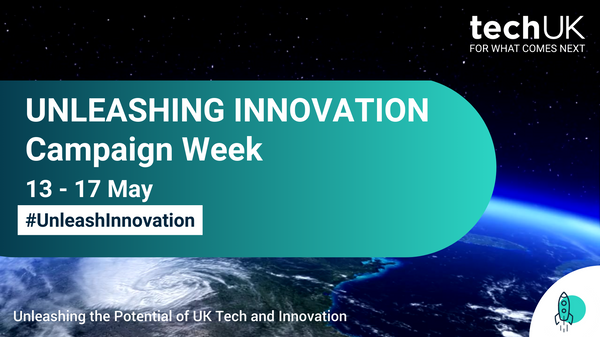
techUK – Unleashing UK Tech and Innovation
The UK is home to emerging technologies that have the power to revolutionise entire industries. From quantum to semiconductors; from gaming to the New Space Economy, they all have the unique opportunity to help prepare for what comes next.
techUK members lead the development of these technologies. Together we are working with Government and other stakeholders to address tech innovation priorities and build an innovation ecosystem that will benefit people, society, economy and the planet - and unleash the UK as a global leader in tech and innovation.
For more information, or to get in touch, please visit our Innovation Hub and click ‘contact us’.
Latest news and insights
Other forms of content
Sprint Campaigns
techUK's sprint campaigns explore how emerging and transformative technologies are developed, applied and commercialised across the UK's innovation ecosystem.
Activity includes workshops, roundtables, panel discussions, networking sessions, Summits, and flagship reports (setting out recommendations for Government and industry).
Each campaign runs for 4-6 months and features regular collaborations with programmes across techUK.
techUK's latest sprint campaign is on Robotics & Automation technologies. Find out how to get involved by clicking here.
Running from September to December 2023, this sprint campaign explored how the UK can lead on the development, application and commercialisation of space technologies, bring more non-space companies into the sector, and ultimately realise the benefits of the New Space Economy.
These technologies include AI, quantum, lasers, robotics & automation, advanced propulsion and materials, and semiconductors.
Activity has taken the form of roundtables, panel discussions, networking sessions, Summits, thought leadership pieces, policy recommendations, and a report. The report, containing member case studies and policy recommendations, was launched in March 2024 at Satellite Applications Catapult's Harwell campus.
Get in touch below to find out more about techUK's ongoing work in this area.
Event round-ups
Report
Insights
Get in touch
Running from January to May 2024, this sprint campaign explored how the UK can lead on the development, application and commercialisation of the technologies set to underpin the Gaming & Esports sector of the future.
These include AI, augmented / virtual / mixed / extended reality, haptics, cloud & edge computing, semiconductors, and advanced connectivity (5/6G).
Activity took the form of roundtables, panel discussions, networking sessions, Summits, and thought leadership pieces. A report featuring member case studies and policy recommendations was launched at The National Videogame Museum in November 2024.
Get in touch below to find out more about techUK's future plans in this space.
Report
Event round-ups
Insights
Get in touch
Running from July to December 2024, this sprint campaign explored how the UK can lead on the development, application and commercialisation of web3 and immersive technologies.
These include blockchain, smart contracts, digital assets, augmented / virtual / mixed / extended reality, spatial computing, haptics and holograms.
Activity took the form of roundtables, workshops, panel discussions, networking sessions, tech demos, Summits, thought leadership pieces, policy recommendations, and a report (to be launched in 2025).
Get in touch below to find out more about techUK's future plans in this space.
Event round-ups
Insights
Get in touch
Running from February to June 2025, this sprint campaign is exploring how the UK can lead on the development, application and commercialisation of robotic & automation technologies.
These include autonomous vehicles, drones, humanoids, and applications across industry & manufacturing, defence, transport & mobility, logistics, and more.
Activity is taking the form of roundtables, workshops, panel discussions, networking sessions, tech demos, Summits, thought leadership pieces, policy recommendations, and a report (to be launched in Q4 2025).
Get in touch below to get involved or find out more about techUK's future plans in this space.
Upcoming events
Insights
Event round-ups
Get in touch
Campaign Weeks
Our annual Campaign Weeks enable techUK members to explore how the UK can lead on the development and application of emerging and transformative technologies.
Members do this by contributing blogs or vlogs, speaking at events, and highlighting examples of best practice within the UK's tech sector.






